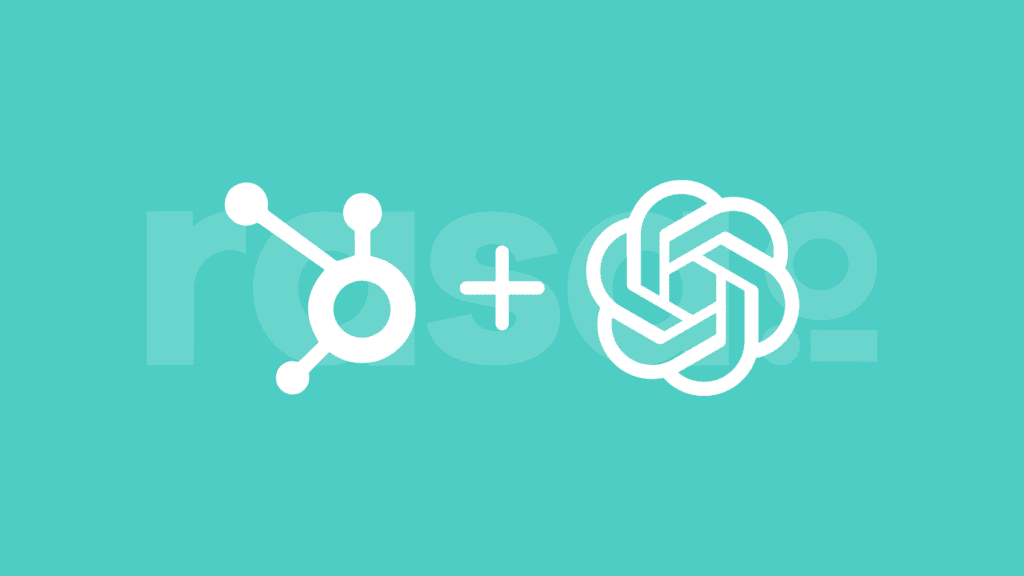When it comes to artificial intelligence (AI), two prominent branches have emerged: generative AI and predictive AI. These cutting-edge technologies have revolutionized industries across the board by harnessing the power of intelligent algorithms.
While both approaches have strengths, they differ significantly in their underlying principles and applications. In this blog post, we will explore the characteristics, applications, and potential benefits of generative AI and predictive AI, shedding light on the unique ways they shape our world.
Generative AI: Creating Something Out of Nothing
Generative AI is the branch of artificial intelligence that focuses on creating new, original content based on patterns learned from existing data. For instance, ChatGPT, Bing AI, and Google Bard all incorporate generative AI systems to provide users with relevant responses and answers. This approach employs sophisticated algorithms or neural network techniques, such as generative adversarial networks (GANs), to generate novel outputs that mimic the characteristics of the training data. The generative AI algorithm is particularly adept at tasks like image synthesis, music composition, and text generation.

One of the key advantages of generative AI is its ability to create realistic and highly diverse AI-generated content. GANs, for instance, can generate lifelike AI art and images that are indistinguishable from real photographs. This technology has applications in various fields, including entertainment, design, and fashion. This AI technology also has the potential to aid in creative tasks by assisting artists, writers, and designers in exploring new ideas and expanding their creative boundaries by utilizing these generative AI applications.
At rasa.io, we’re using our generative AI feature to give users the power to infuse ChatGPT directly into your newsletter messaging. With this generative AI tool, you simply enter a prompt for the AI to generate text that will be featured in your newsletter. You can even adjust the type, length, and tone to align with your brand’s specific style and vision.
Predictive AI: Anticipating the Future
On the other hand, predictive AI, also known as predictive analytics, focuses on forecasting future outcomes based on patterns observed in historical data. This branch of AI employs advanced machine learning techniques, such as regression and classification models, to predict future events or behaviors. Predictive AI is widely used in finance, marketing, healthcare, and weather forecasting.
The strength of predictive AI lies in its ability to analyze vast amounts of data and uncover hidden patterns and correlations. By leveraging historical data, predictive models can generate insights that inform decision-making processes. For example, in finance, predictive AI can help identify market trends and make informed investment choices. In healthcare, it can assist in early disease detection and treatment planning.
Here at rasa.io, we have always harnessed the power of predictive AI to help our users effectively engage their subscribers by sending them highly personalized content. This model has proven successful in assisting users to connect with each person on their email list, offering unique content per their individual interests. In fact, thanks to the power of predictive AI, rasa.io allows its users to automatically segment to the individual and customize their journey.

Harness The Power Of Predictive AI!
Send a unique newsletter for each subscriber, saving you time, money, and effort.
Generative AI, Predictive AI, and rasa.io: The Perfect Combination
By combining generative AI and predictive AI, rasa.io empowers users to create dynamic, engaging newsletters that captivate their audience while delivering valuable insights and predictions. This unique synergy of generative and predictive AI amplifies the effectiveness of rasa.io as an email newsletter platform, enabling users to stay at the forefront of AI-driven content creation and audience engagement.
In conclusion, generative AI and predictive AI offer distinct approaches and applications within the field of artificial intelligence. While generative AI focuses on creating new content, predictive AI aims to anticipate future outcomes. However, both branches bring significant benefits to various industries, and when integrated seamlessly, as exemplified by rasa.io, they unlock unprecedented possibilities.
By harnessing the power of generative and predictive AI, rasa.io empowers users to craft compelling newsletters that captivate readers, personalize content, and drive meaningful connections, thus propelling the future of AI-enabled communication.












